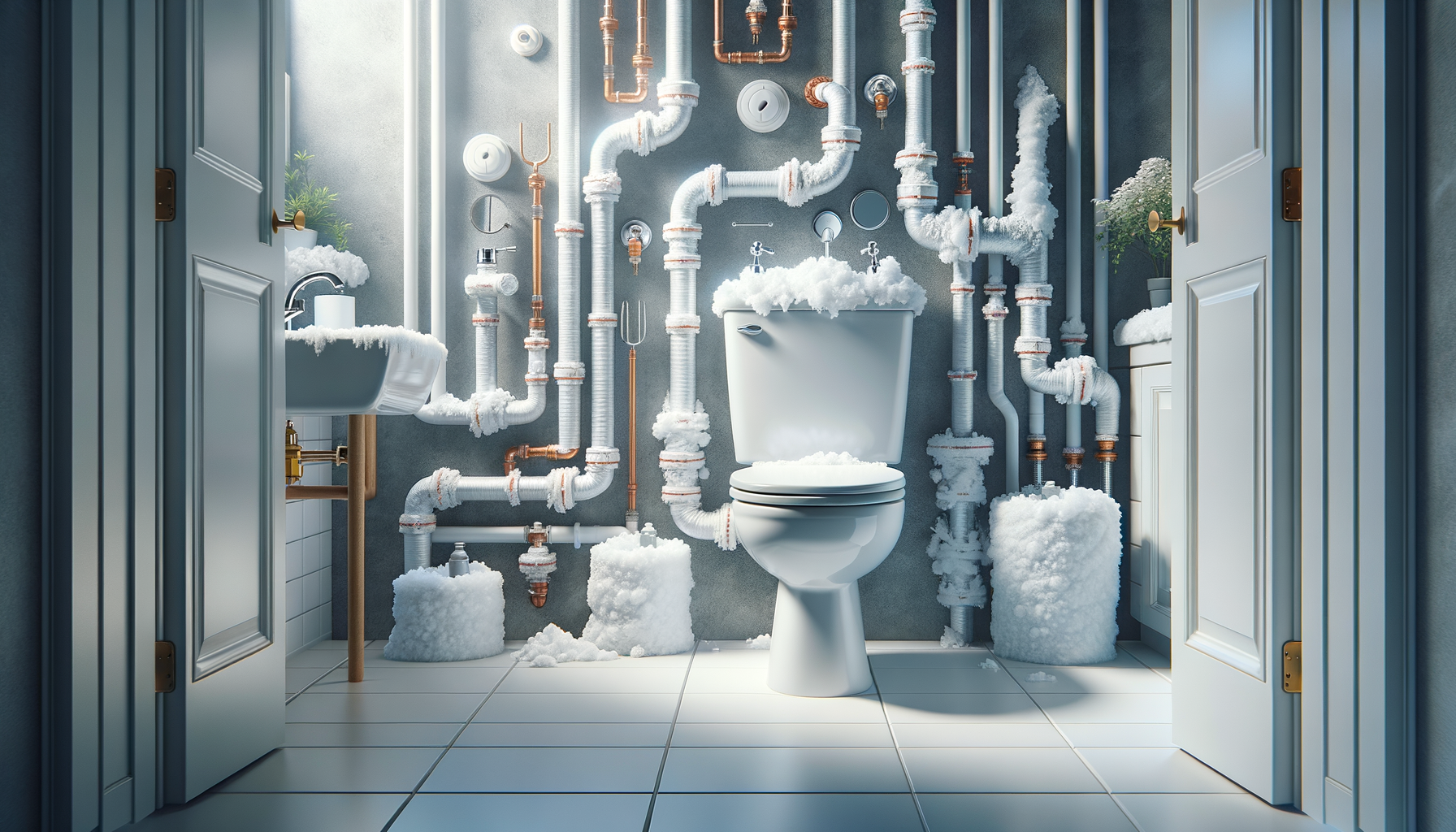Beat the Freeze: Plumbers’ Top Strategies to Prevent and Resolve Frozen Toilets

Understanding Frozen Toilets in Cold Weather
Cold weather can bring a host of plumbing challenges, and one of the most disruptive is a frozen toilet. When temperatures drop, the water supply lines and internal components of your toilet are at risk of freezing, leading to potential damage and inconvenience.
Common Causes of Frozen Toilets
- Exposed Pipes: Pipes located in unheated areas, such as crawl spaces or attics, are particularly vulnerable.
- Insufficient Insulation: Lack of proper insulation around plumbing can allow freezing temperatures to take hold.
- High Humidity Levels: Moisture can exacerbate freezing conditions, increasing the risk.
Signs Your Toilet Might Be Freezing
- Water in the bowl not flushing properly
- Frozen valves or pipes near the toilet
- Restricted water flow or no water supply
“Frozen toilets can cause extensive water damage if not addressed promptly,” emphasizes plumbing experts.
Preventative Measures to Avoid Freezing
- Insulate Pipes: Use foam pipe insulation on all water lines connected to your toilet.
- Seal Gaps: Seal cracks and openings in walls and floors to keep cold air out.
- Maintain Heat: Keep your home heated to a consistent temperature, especially in winter months.
- Let Faucets Drip: Allow a slow drip to prevent water from standing still and freezing.
What to Do If Your Toilet Freezes
- Turn Off the Water Supply: Prevent further freezing by shutting off the water valve.
- Apply Gentle Heat: Use a hairdryer or heat lamp on the affected pipes to gradually thaw the ice.
- Avoid Open Flames: Do not use open flames, as they pose a safety risk.
When to Call a Plumber
If you’ve attempted to thaw the pipes without success or notice any leaks or damage, it’s time to seek professional assistance. A licensed plumber can safely address frozen toilets and ensure your plumbing system is functioning properly.
By taking proactive steps and knowing how to respond to a frozen toilet, you can minimize disruption and protect your home’s plumbing during the coldest months.
